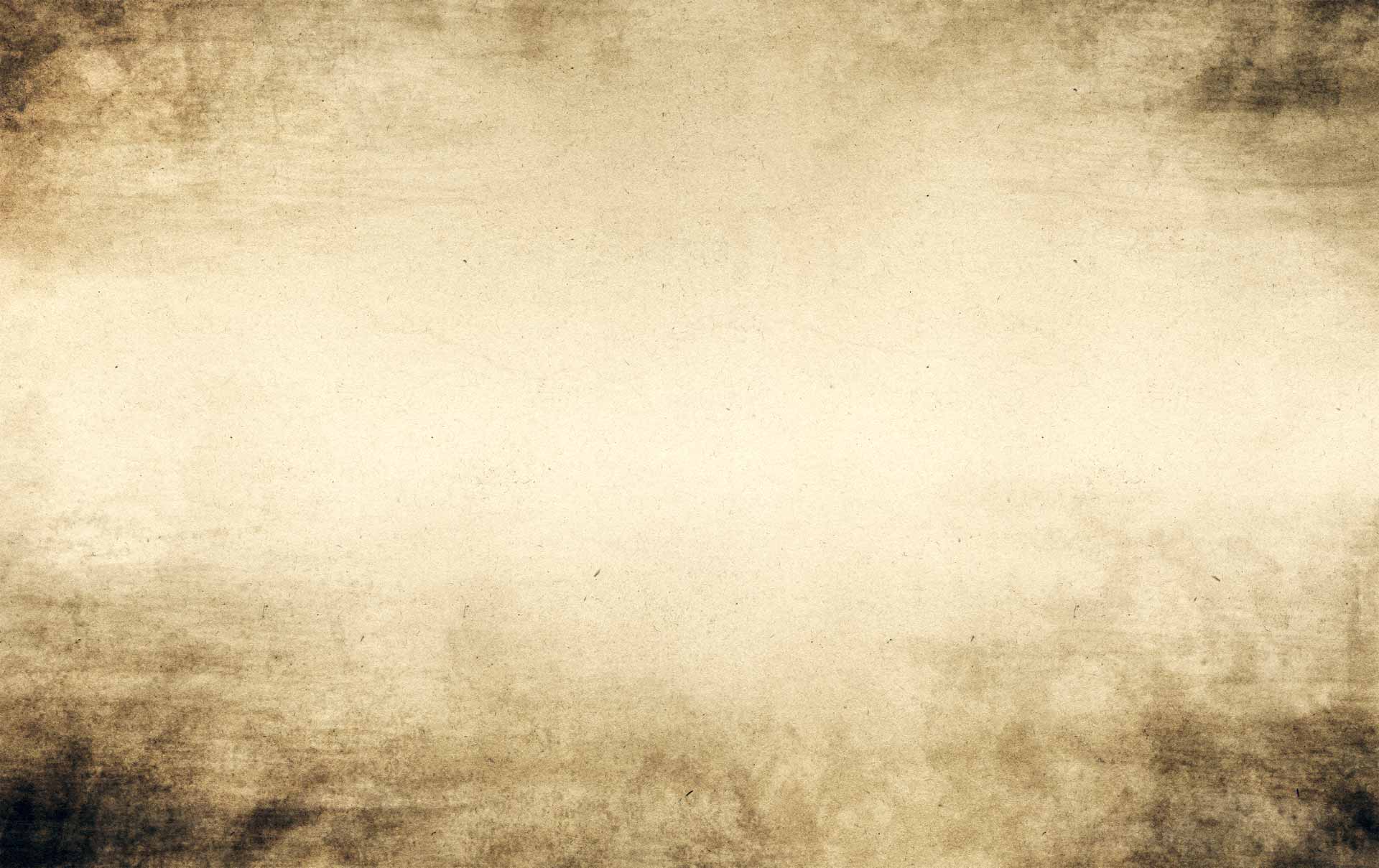Photographs :: Dancers of The Northern Pueblos (portfolio)
PHOTOGRAPHS OF AMERICAN INDIAN DANCERS
In 1989 Kennedy's art took a specific direction after he photographed the American Indian activist Leonard Peltier in Leavenworth Penitentiary. Peltier's illegal incarceration by the United States Government touched Kennedy deeply. The strength of Peltier's spirit to withstand lifelong imprisonment and to spiritually escape from his confinement became the catalyst for Kennedy's commitment that his photographs should aid American Indian causes.
In 1991 Kennedy visited the Pine Ridge Reservation's annual Brotherhood Gathering, in Porcupine South Dakota, an event for cultural sharing between The Lakota and other Peoples. There Kennedy met Severt Young Bear, the first of many Native People who would invite him deeper into their culture. At the invitation of Young Bear, Kennedy began photographing Dancers and thus embarked on a subject that traditionally has not been available to outsiders.
Dancing continues to be one of many ways Native People celebrate their traditions and spirituality of living in harmony and beauty within the natural world. The dances are a testament to the strength of a people who have endured and continue to face tremendously destructive pressures from the outside world. When American Indian dances were banned by white missionaries and government officials they continued to secretly be enacted "underground," as a way of passing on and protecting core beliefs and traditions. Today the subject is highly sensitive and many American Indians considered it a sacrilege to photograph or publish many of the dances. By pursuing his desire to photograph the dancers Kennedy was and is running the risk of transgressing profound boundaries.
Photographing Native Dancers is a fine line to walk, but encouraged by American Indian friends and acquaintances who believe in his art, integrity and intentions, Kennedy has set up certain guidelines. The photographs are made through a series of laborious steps. First, Kennedy finds a group within the tribe that he feels is helping the community. He approaches them with his proposal and shows them his previous dance work. If they approve the project, he offers a percentage of the sales from their tribes' photographs in return for introducing him to the Elders, Spiritual Leaders and Tribal Members, who would be interested in, or have concerns about the project.
Together they determine which dances are most important and have special meaning to their tribe as well as what dances are too sacred to be photographed. Tribal Elders or others Tribal or Spiritual Leaders will suggest a specific person to dance for him. Finally, a place must be found that is private and also provides the right environment for the dance. The success of the photograph depends on the good feelings and trust between dancer and photographer in this private event created exclusively for Kennedy to photograph. Kennedy feels that before he photographs a dance it is critical that he gets the blessings of the Tribal People to proceed, otherwise he will not. The dance is portrayed accurately with authentic regalia, but otherwise is utterly removed from its ceremonial and spiritual context. As he photographs Kennedy gives the dancer little if any direction but allows the magic of the Dance to unfold in its own way before his camera.
Kennedy's initial impulse to photograph American Indian Dancers came out of his respect and belief in "the old ways," the ways of staying in balance with nature. While he knows he can not turn back the clock he wants to somehow convey the knowledge about the spiritual values he has learned from his experiences.
Over the years his friendships with American Indians have taught Kennedy about spiritual values and a relationship to nature that is lacking in much of the world today. According to Kennedy, "Photographing the dancers has never been an act of taking something away, but has been a valued gift that I am honored to have bestowed on me".

